- Sustainability
- DE&I
- Pandemic
- Finance
- Legal
- Technology
- Regulatory
- Global
- Pricing
- Strategy
- R&D/Clinical Trials
- Opinion
- Executive Roundtable
- Sales & Marketing
- Executive Profiles
- Leadership
- Market Access
- Patient Engagement
- Supply Chain
- Industry Trends
Diversity & Inclusion in Pharma: Industry Leaders Bring Conversation to Forefront
Panelists in a recent roundtable share ideas on transforming company culture, fostering greater patient diversity, and acting on pharma’s fast-evolving social mandate.
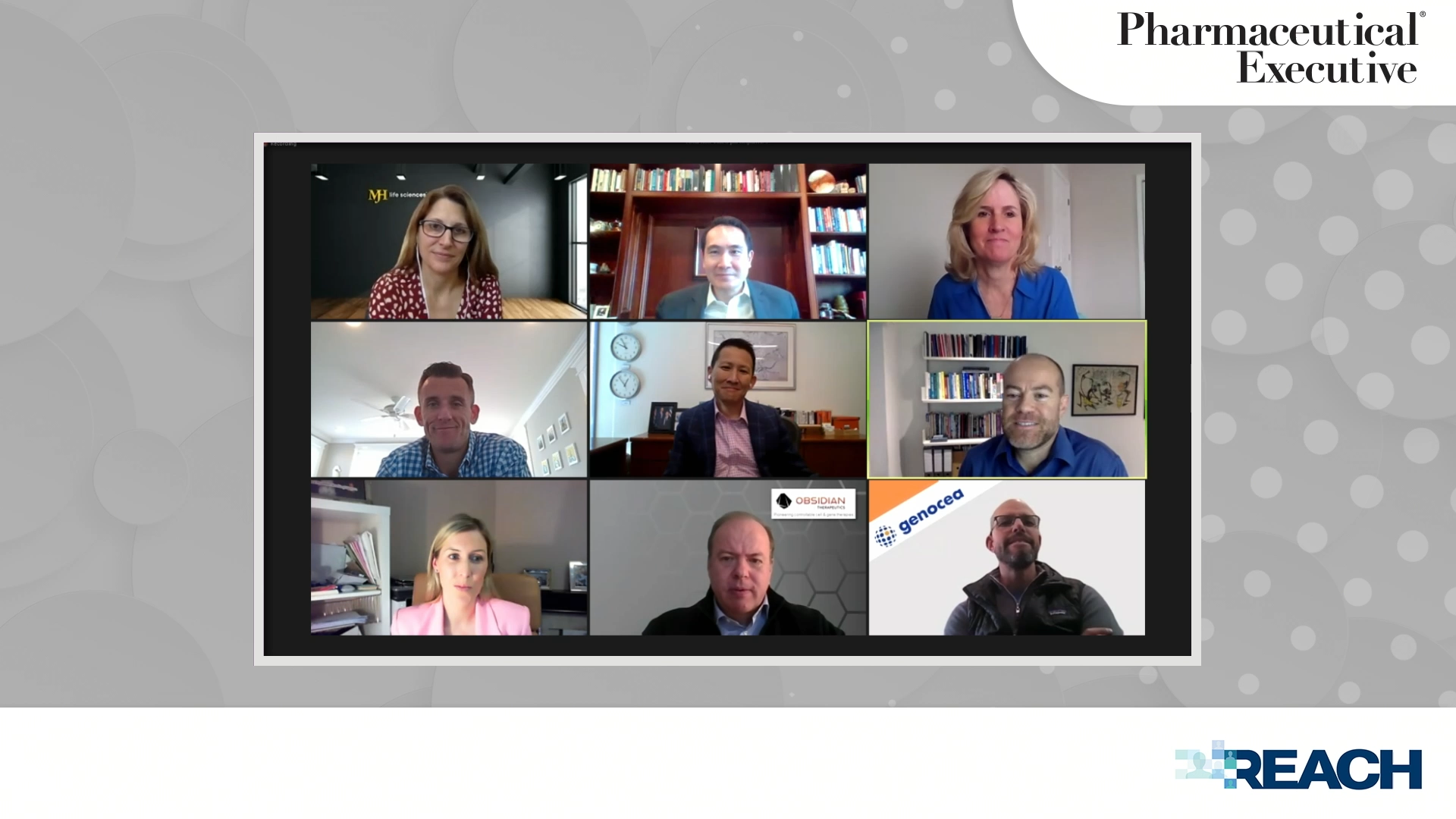
On Dec. 3, 2020, six biopharma executives joined Pharmaceutical Executive to discuss diversity and inclusion (D&I) in the industry. Michael J. Hennessy Jr., president and CEO of MJH Life Sciences, parent company of Pharmaceutical Executive, welcomed the panel to the closed virtual roundtable. He commented on the racial unrest of 2020 that brought this topic centerstage throughout society and extended the conversation to include the struggles of all minority populations. Throughout the exchange of ideas led by moderator Stephen Frost, CEO of Frost Included, a UK-based firm providing a range of diversity and inclusion services, the themes of building a strong internal culture, implementing effective means of measuring progress, creating greater patient diversity, and identifying pharma’s corporate social responsibility stood out.
How companies approach D&I
To frame the discussion, Frost described three approaches to D&I: Diversity 101, which involves doing the fundamental work that is required by a compliance or regulatory imperative; Diversity 2.0, which approaches the issue from a marketing, reputational, or stakeholder perspective as something the company wants to do; and Inclusion 3.0, or design thinking, which delves into how D&I is manifest in the decisions for which industry leaders are responsible. To move from D&I being just a compliance or marketing initiative to becoming a methodology of how companies operate on a daily basis, Frost suggested five practices:
Stephen Frost
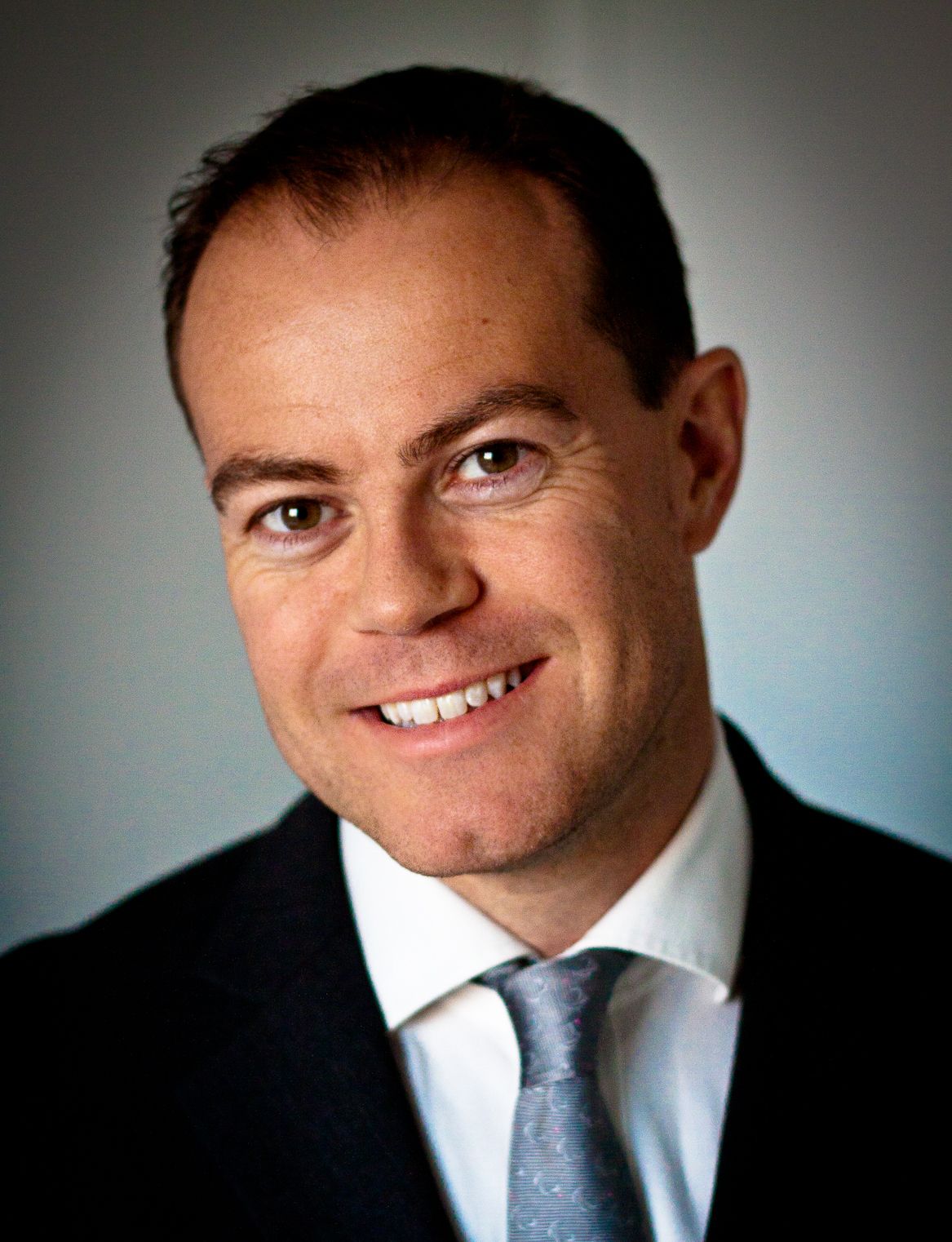
- Think about strategy. What is pharma trying to do overall? How does D&I fit into improving the lives of patients? This should be infused in clinical trials, product development, and the whole life cycle.
- Use data effectively. Understanding how to measure diversity is imperative, both in what companies have to measure, such as race and gender, but also in what they want to, such as cognitive or socioeconomic diversity. Beyond diversity measurement, measuring inclusion is critical to determine the long-term sustainability of diversity efforts.
- Consider governance. Who is accountable—the board, stakeholders, employee resource groups?
- Lead with purpose. How can executives get people to see that D&I is a core part of their leadership?
- Evaluate systems. How can companies check recruitment, management, marketing, development, and clinical trials to debias any bias that might exist and ensure D&I?
Strong internal culture
Servier Pharmaceuticals, which was founded in 2018 as the US subsidiary of Servier Group, had the benefit of being able to develop a D&I program from scratch. The company knew it was important to set the right culture from the very beginning.
David K. Lee

“We agreed upon four values: grow by sharing, caring for other employees, dare to innovate, and commitment to success,” said David K. Lee, CEO of Servier Pharmaceuticals.
To reach its goals, the company uses a combination of bottom-up and top-down tactics to approach D&I. An ethics and compliance committee, borne out of its executive committee, addresses traditional D&I issues such as compensation audits and recruitment. To achieve a culture that reflects what employees are passionate about, Servier Pharmaceuticals also developed a sustainability task force self-selected by people interested not only in D&I but environmental, social, and corporate governance issues.
Click to enlarge

Using this approach has proved effective in implementing Servier’s culture. For example, members of the sustainability committee affected by the murder of George Floyd proposed that the company take off Juneteenth as an official holiday. That grassroots initiative was then approved by the executive committee and is now an official holiday at Servier.
“Culture has a very significant impact on top line and bottom line for us,” said Lee. “A lot of this drives business performance. I talk a lot about the three Ps—pipeline, products, people. People are the key to everything—recruiting the right people, getting the right people on the bus, and retaining them. You want people that have diversity of thought, and that’s really enabled us as a fairly new company to build a robust company.”
Chip Clark, president and CEO of Genocea Biosciences, also spoke from a smaller company perspective. “We are entirely driven by people,” he said. “We have to be a culture where the best ideas win. We believe that we can only be that where we have attracted, retained, motivated, and empowered the best people. Diversity of thought is critical to ensuring that. I absolutely believe that it is not just correlative but causative.”
Anne E. White, president of Lilly Oncology and senior vice president at Eli Lilly and Company, cited a Deloitte study that indicated 95% of employees believe culture matters more than compensation.
Ann E. White

White, who has led a number of drug development transformations for Lilly over the past few years, recognized another aspect of a strong, healthy culture that can help create effective change: understanding what motivates people in the organization. As an example, she recalls leading a clinical development acceleration initiative for the patient-centric company, which had multiple goals including efficiency and speed. Getting drugs to market fast is important to patients, and the group focused on what patients would gain from their efforts to motivate and inspire them to make change happen, because they were in tune with the culture.
“If you have a strong, high-integrity culture where people feel compelled to speak up and share their thoughts, then you don’t have to be as much of a rules-based organization,” said White. “You can trust that people know what the North Star is, that you want them to act with integrity, that you want them to act with excellence and respect for people. Our employees have a hundred decisions to make every day, and we can’t be involved in every decision. We need to know that they know what we believe is the right thing to do, so they can use that as their guide to make decisions.”
Orlaith Ryan, MSc, co-founder and chief technical officer of Shorla Pharma, added her belief that culture really shows its value during challenging times—2020 being a good example of that for every company.
“If you work on the culture and getting buy-in from your team when things are going good, they’ll repay that to you when things aren’t always so good,” she said. “That’s why it’s so important to engrain it within the company and communicate the mission of the company to ensure that everyone has bought into that and [knows] how to achieve the end goal.”
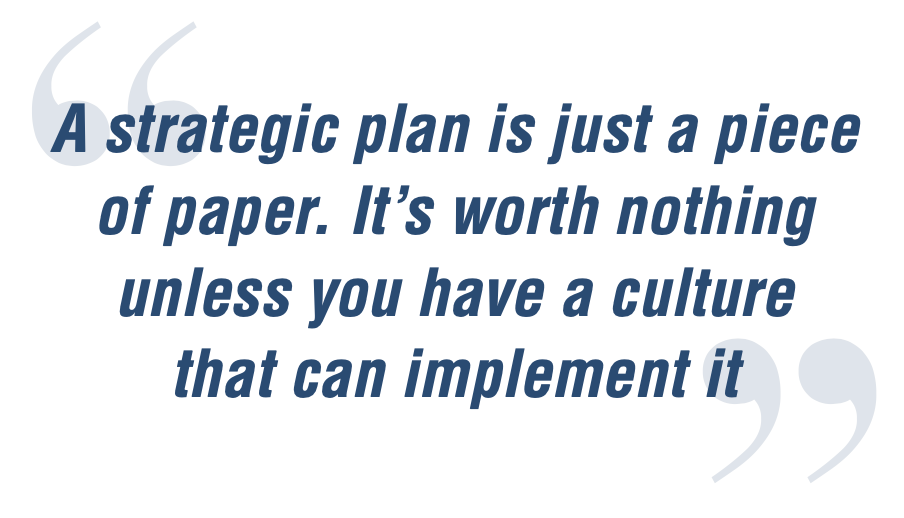
One of the first things Paul K. Wotton, PhD, CEO of Obsidian Therapeutics, was involved in when he started at the company nearly two years ago was implementing a strategic plan. It took about a year to finalize and it was communicated to the company just prior to the pandemic. Because the company took the time to explain the plan and instill the culture, it had empowered the staff to be on the same page and work together to make things happen, especially during a difficult time.
“A strategic plan is just a piece of paper,” he said. “It’s worth nothing unless you have a culture that can implement it. In fact, I think culture is probably the ultimate strategic weapon. To reinforce that is really important for companies, particularly small ones like ours.”
Astellas Pharma President Percival Barretto-Ko called culture the “soul of an organization.” He said it encapsulates the company’s mission, vision, personality, purpose, and intentions. “When you have a culture that is truly authentic, that represents its mission—whether it’s being patient-centric or a performance culture or what have you—then it becomes a powerful differentiator of what sets you apart in the industry.”
When Frost asked how much time the executives dedicated to D&I, all participants agreed it was something that is constantly considered.
Percival Barretto-Ko
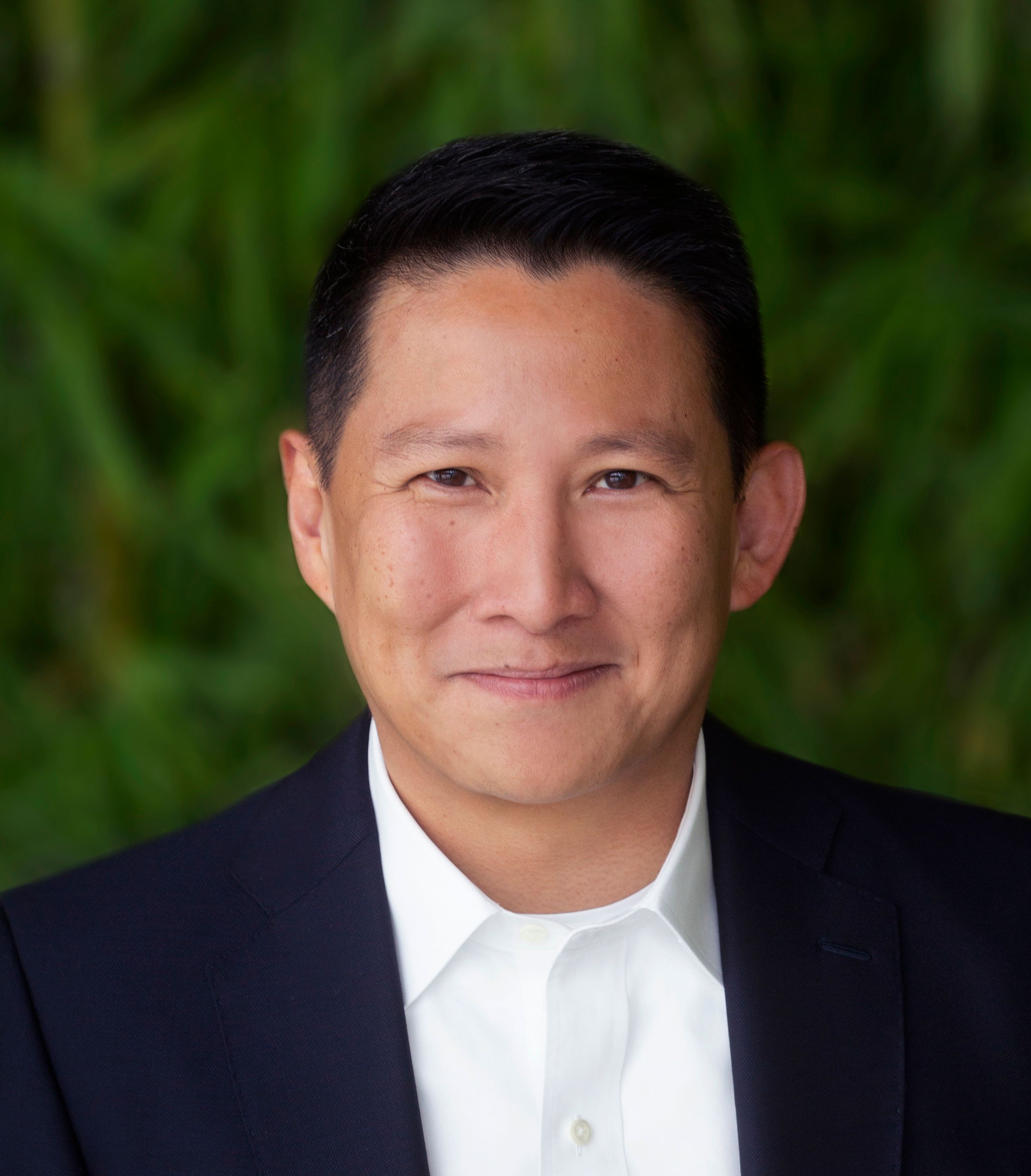
“Every decision we make has an association with culture and has an impact on culture as well,” said Barretto-Ko. “The last eight months, everything has been associated with how your decisions translate into employees and building and shaping your culture.”
White explained how culture-building is the foundation of everything Lilly does. In addition to D&I being an everyday focus, each executive leader is responsible for an employee resource group, to immerse themselves in and become more appreciative and understanding of that group’s journey.
“I have the very good fortune to be the sponsor of our LGBTQ community,” said White. “We’re doing a lot this year to make sure we advance our agenda and our platform to be more inclusive to that community. So that’s dedicated time that each of us as a senior leader has to put into that community. It’s a very rewarding experience and one that I prioritize.”
Measuring progress
It’s one thing to have goals, but those goals need to be measurable in order to ensure positive growth. Without keeping score, companies start off on the wrong foot, sending a message that these issues don’t really matter, said Clark.
There are many tools and methods used to track progress, but each company should decide what works best for its individual organization. Larger companies usually have better resources for in-depth scoring than smaller companies, but that doesn’t excuse smaller companies from setting goals and measuring.
While assessing areas such as the composition of a company’s workforce is important, softer elements are also critical to quantify, such as a sense of culture within the company. Asking simple questions such as do employees feel that diversity, equity, and inclusion are important, and do they feel that the company is transparent in communicating the importance of those things can be very revealing. Clark has asked those questions at Genocea and has been able to track development of those areas over time to ensure that the company is, in fact, operating the way it wants to.
Chip Clark
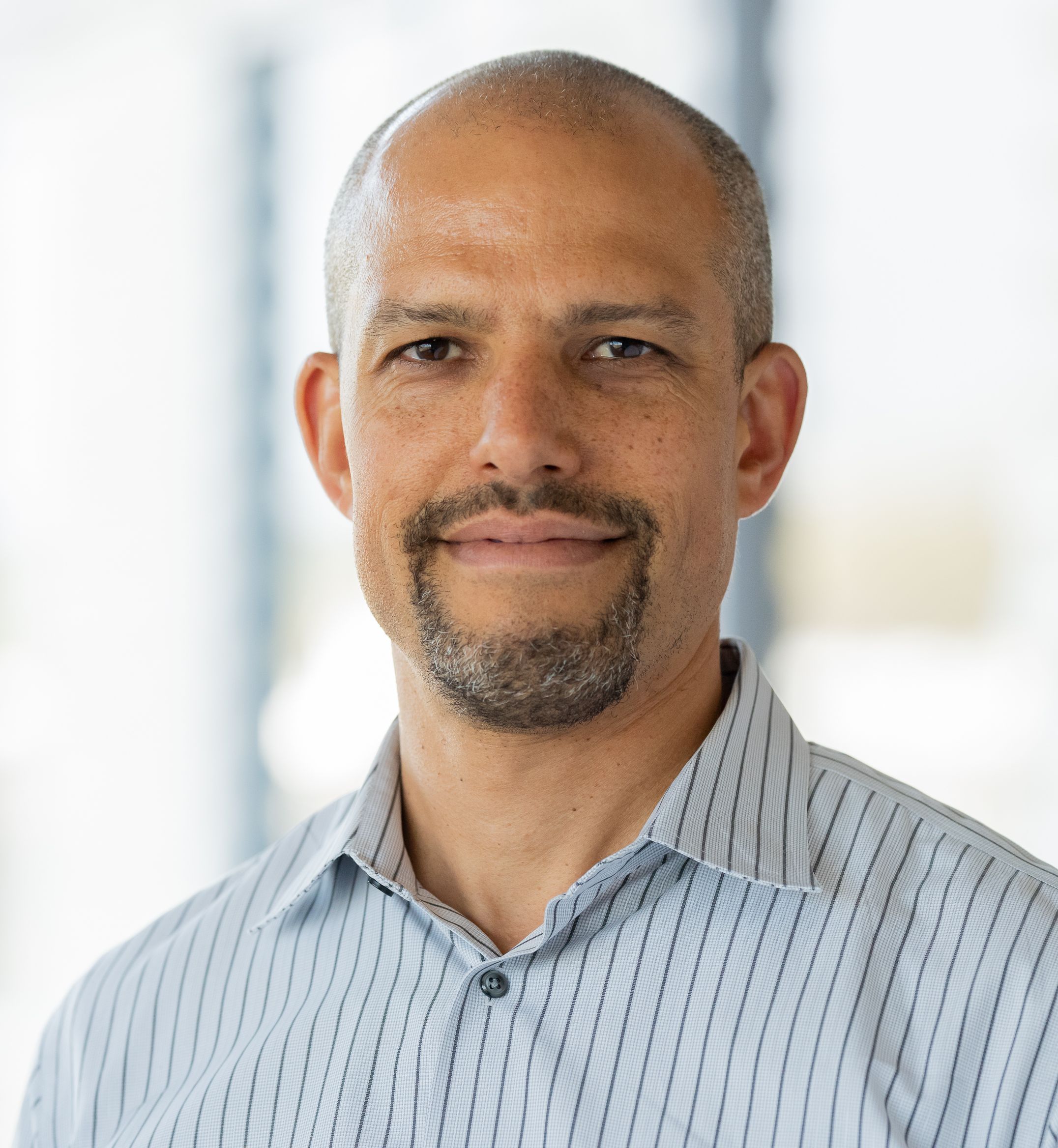
“We also need to tie the importance of this to compensation,” said Clark. “It’s critical in our minds that we score people both on the what—have they achieved their goals?—but also on how they achieve it. Stating that upfront, being clear about the importance of this, and making sure it is part of not just the end-of-the-year performance evaluations but the ongoing dialogue about a person’s performance is critical. Then having culture-related corporate goals also sends a powerful signal across the organization that it really matters for everyone.”
After assessing D&I progress at Lilly, White said it became evident that the company didn’t have enough representation, particularly at the senior leadership level, of minorities and women. To address this, the organization set out to understand why it was happening and uncover the choices made along people’s career journeys that could result in this, because there seemed to be a good representation of these groups at lower levels of the company.
“It was incredibly helpful,” said White. “We’ve done this now for women, African Americans, Asians, Latinos, and now the LGBTQ community, to understand what we call those moments of truth when people either self-select or feel that they’re not selected for those more senior levels of leadership. What makes people not feel included, not put themselves forward, not get the right mentoring, not get the right leadership experiences such that they get promoted? It’s been incredibly eye-opening around things such as imposter syndrome, which hits many of these communities as far as feeling that they’re not ready for the next level of an opportunity, or stifled authenticity, where people feel that they have to become someone else to be in leadership, and more and more that’s not something they are willing to do.”
Like many organizations, Astellas employs midterm and long-range portfolio and business planning. Barretto-Ko suggested companies take that one step further and invest in similar midterm and long-term people strategies. That’s what Astellas did—it launched a three-year to five-year people strategy with clear goals to provide a roadmap.
“The very detailed plan keeps us honest and accountable at the end of the day,” said Barretto-Ko. “There are three pillars to this: attract, develop, and retain. So how do we attract and build a more diverse workforce? How do we retain the talent that we have, and then how do we continue to develop?”
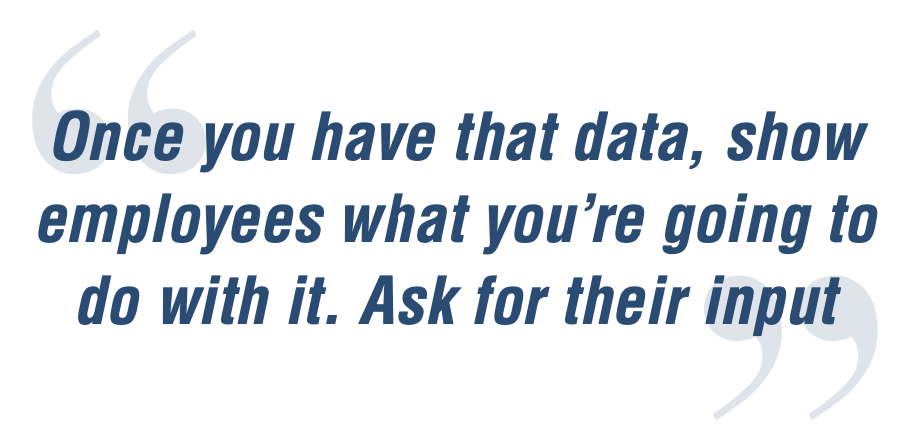
Ryan agreed that measuring is important but accountability is key. “Once you have that data, show employees what you’re going to do with it,” she said. “Ask for their input. Following through once you have that information is important to show that their opinions matter.”
While there is a natural tendency for people to hire candidates with similar backgrounds, leaders should be held accountable for being consciously inclusive. And when they do hire people different from themselves, they should monitor how they mentor them, to ensure there is no bias.
Lee, who has worked for big pharma at Novartis, Baxter, and most recently Shire, has seen the challenges of data measurement, especially when an established system needs to be overhauled. His strategy when moving to Servier was to start data tracking upon hiring as the company built up new teams. In addition to categorizing people by traditional demographics, the company also asked questions to understand employees on an individual basis, to see what has shaped their lives. This brings an added layer of diversity of thought to the organization.
“When you can start anew, I think it’s a lot easier,” he said. “At Servier Pharmaceuticals, we have 60% women, 54% of our leadership are women, and less than 50% of our workforce is white. When you are conscientious about building it, and knowing the data as it comes in, you can make tweaks to designing an organization.”
Paul K. Wotton

At Obsidian, Wotton called for a benchmarking in August to see how people felt, particularly after the George Floyd incident. “We have a very diverse company with people from all countries, all walks of life, but to our collective shame, we didn’t have an African American in our organization at the time. We made a complete change to our hiring practices in order to encourage people from very diverse backgrounds to join Obsidian.”
The company extended its employment searches beyond its local Cambridge and Boston area. It looked at universities as far away as Rice in Houston, which offer a better representation of minorities.
“I’m pleased to say that we’ve been able to get some really good candidates as a result, but more importantly we’ve been able to now find better candidates for our positions because of it. At the end of the day, I think that happened mainly because I was quite clear in what my position was regarding both diversity and inclusion right from the start.”
Greater patient diversity
Just as Obsidian cast a wider net for candidates, Wotton believes the same could be done for greater diversity in clinical trials. “The vaccine work that’s going on at the moment has highlighted the need to recruit people from all backgrounds in many different countries in order to get us to where we are now. And it turns out it’s a great success story, so I think that’s a living example of why being able to do this is really important.”
He and Barretto-Ko agree that being proactive about D&I and having purpose drive initiatives rather than trends is paramount. CEOs need to show that they care about making a difference, and then live it, not just talk about it.
“We felt very strongly that for us to call ourselves truly a patient-centric organization in a patient-centric industry we needed to reflect and mirror the communities and patients we serve,” said Barretto-Ko. “No doubt 2020 has jumpstarted many to take action; and I certainly applaud that. I think it’s important that for this to be truly a sustained impact for the future, you need to go back to the basics of asking yourselves why you are doing this and if you are willing to put in the investment, time, money, and necessary changes that are needed to make a difference. For this to truly be a sustained change, there needs to be that sense of purpose from the get-go.”
Servier, which also has a patient expert council, strongly believes in the patient voice, both on the R&D and commercial side. Through talking with patients, caregivers, and patient advocates, it has discovered the demographics are becoming more and more diverse.
“In the US, what really struck me in the stats was that about 40% of younger generations don’t even consider themselves heterosexual,” said Lee. “When I had dinner with some of our patients, their concerns and questions—about sexual health, future financial security—are way beyond what some of our older patients are concerned about. We need to reflect on that and internally be able to consider those insights as we do drug development and start marketing these drugs. The demographics are changing faster than we think.”
White appreciates the positive impact COVID has contributed to clinical trial diversity. The pandemic caused Lilly to accelerate its use of virtual engagements when possible to make treatment safer and more convenient. It made the company examine where trials are run and the inclusion/exclusion criteria used, in order to decide if their rules were too rigid. Streamlining trial design could help open registration to more people.
“I think COVID accelerated a lot of that and forced us to solve some of those things that we’ve been talking about for years,” said White. “So that was definitely a silver lining that I hope will drive diversity in trials, which is really important to all of us.”
Pharma’s social responsibility
After hearing about the importance of building D&I into a company’s internal culture and clinical trials, Frost asked how much responsibility the industry has in supporting D&I initiatives throughout society at large. The panel all believed it was an essential extension of the conversation.
To begin, companies need to look at with whom they partner in business affairs. They should hold others to the same standards they hold themselves. “I think it’s important to look at the law firms you use, the accountant you use, the CROs you use—all of these external vendors—and let them know that one of the metrics you use for evaluating the right partner is exactly the same thing that we insist upon from each other—a commitment to openness and inclusiveness,” said Clark. “If they hear that from all of us, I think it will force the whole constellation of companies that works around us to work in the same way that we hopefully are working as well.”
Wotton believed the onus is on companies to take that stand, otherwise pressure will ultimately come from the outside. He used the recent example of NASDAQ changing its listing requirements to present full disclosure on a company’s representation at the board level, in an effort to advance diversity.
“I’m actually delighted about that,” he said. “If we don’t make the changes ourselves, somebody else is going to do it for us. And I think we owe it to our industry to be able to lead that rather than be told what to do.”
Acknowledging employees’ lives as a part of the greater society is also essential. White recalled being in a reverse mentoring relationship with a member from the Black community who shared that every day at 3 p.m., she was distracted by the worry for her young Black teenage son driving home from school.
“Our employees are part of the community, and they need to feel safe and not threatened when they go home from work. I think it’s incredibly important to allow our employees to feel they can focus at work because they’re not worrying about what’s going on at home.”
To show its support after George Floyd’s murder last year, Lilly released a strong statement denouncing the act and invested millions into social justice and racial equality programs, particularly in the state of Indiana.
The search for talent is also affected by societal influences. Though the competition for talent can be rough, the fight among underrepresented groups in pharma is even fiercer. In order to begin changing that pipeline, Servier started to direct more of its corporate social responsibility activities to high school children, especially in the inner cities, encouraging STEM education among girls and other groups that could benefit.
“The importance of reaching out and engaging with the community is hugely important,” said Lee. He believes that without these initiatives, we will never get the diversity we need within the industry.
Orlaith Ryan

Ryan likewise supported getting the STEM message out to women. “If they can’t see, they can’t be,” she said. “I know that’s phrased all the time, but it’s so important to advocate and to engage in these discussions and lean in and be present because that ultimately encourages someone to take that step to progress or apply for that role.”
The road to realizing true D&I within a company and society at large is no easy mission, but with a dedicated, clear plan that has measurable, actionable goals, companies can begin to make a difference.
“There are no shortcuts at the end of the day,” said Barretto-Ko. “It’s a long journey. It takes strong tones from the top, but not just that, a sustained engagement among all employees, an investment of time and money, and realizing that there’s no finish line per se. It will just keep on going on and on and on. [Revisiting] the purpose and the intent is really important.”
Elaine Quilici is Pharm Exec’s Senior Editor. She can be reached at equilici@mjhlifesciences.com.
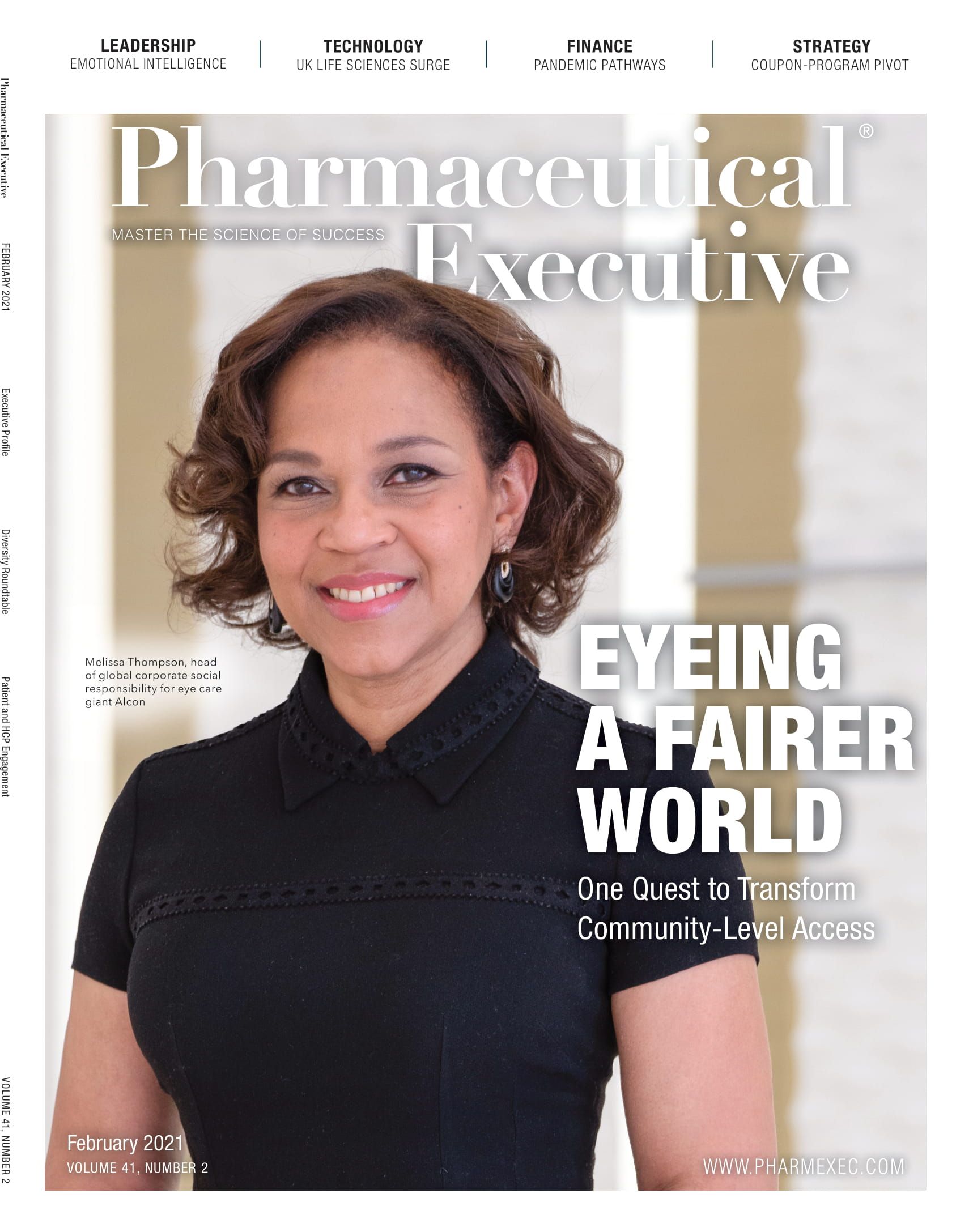
Q&A with Amy West, Head of US Digital Health & Innovation Strategy at Novo Nordisk
October 25th 2023Amy West, Head of US Digital Health & Innovation Strategy at Novo Nordisk, shares her insights on fostering collaboration, embracing change, and her compelling vision to revolutionize digital transformation and innovation in the field of healthcare.
